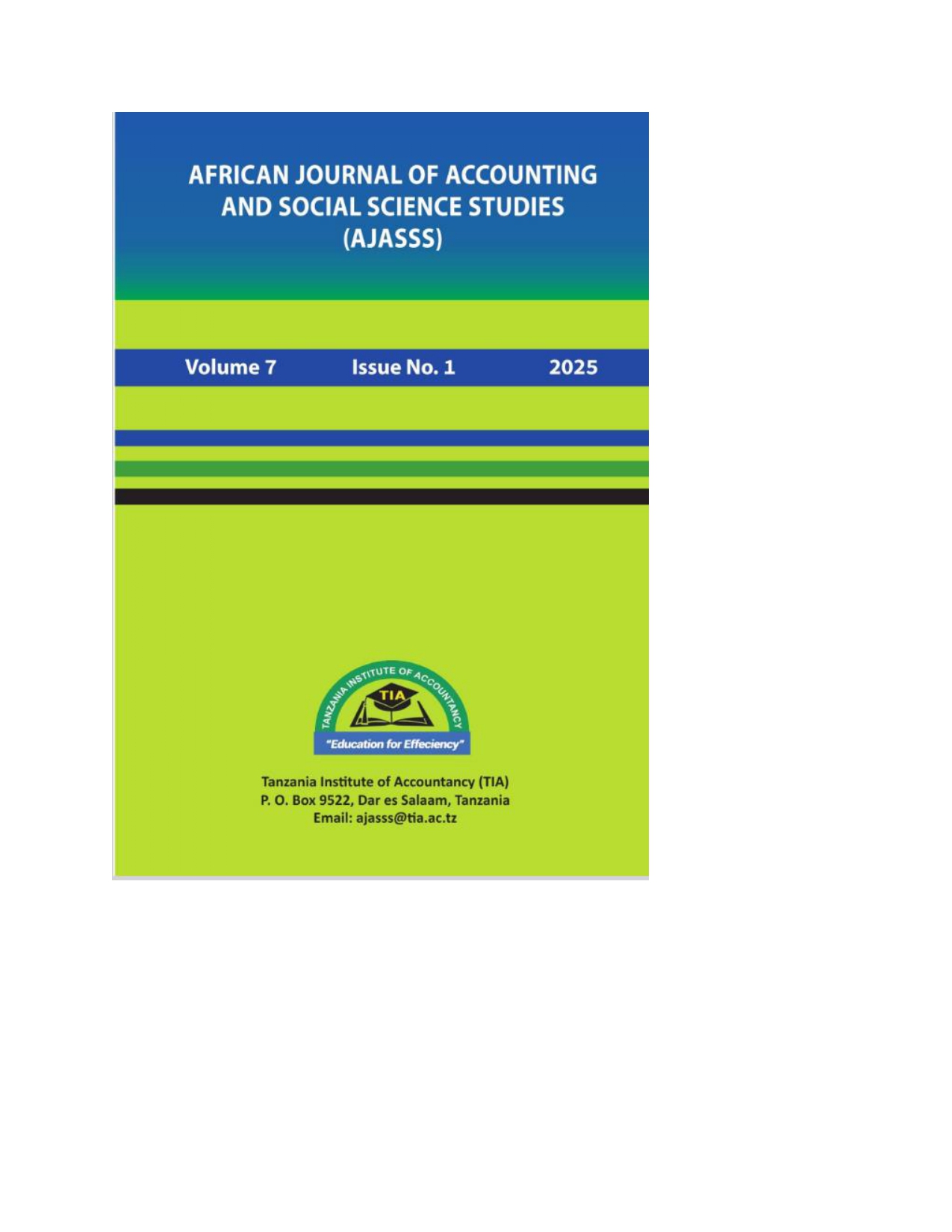Board Structure and Risk-taking in the Extractive Industry in Kenya
DOI:
https://doi.org/10.64717/ajass.v7i1.215Keywords:
Corporate Governance, Board structure, Risk-taking, Extractive FirmsAbstract
The purpose of this paper is to investigate the relation between board structure
and firm risk-taking in a sample of 8 extractive firms listed on the Nairobi
Securities Exchange (NSE). The agency theory provided the theoretical
foundation for this study. The study adopted a descriptive research design. It
employed a purposive sampling technique to determine the sample size of
extractive firms on the NSE from 2019-2023. The data was retrieved from annual
reports of sampled firms. Further, Fixed Effect Model and Two-stage Least
Squares (2SLS) methods supported data analysis and reliability check,
respectively. Using 5 years of balanced panel data, the results show that board
size and female gender diversity are statistically significant, negatively and
positively associated with firm risk-taking (z-score), respectively. Additionally,
evidence indicates that the interaction between independent directors and female
gender terms is positively related to the z-score. In contrast, the findings on the
relationship between independent directors and risk-taking are considerably
mixed. Besides, the study highlights practical implications for policy reforms that
require more extractive firms to list on stock exchanges and mandate female
board representation. Finally, the study offers a literature review on the linkage
between risk-taking and board structure in the extractive industry.
Downloads
Metrics
Downloads
Published
How to Cite
Issue
Section
License
Copyright (c) 2025 African Journal of Accounting and Social Science Studies (AJASSS)

This work is licensed under a Creative Commons Attribution 4.0 International License.




